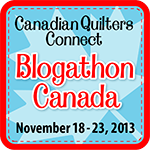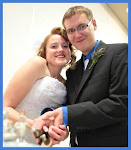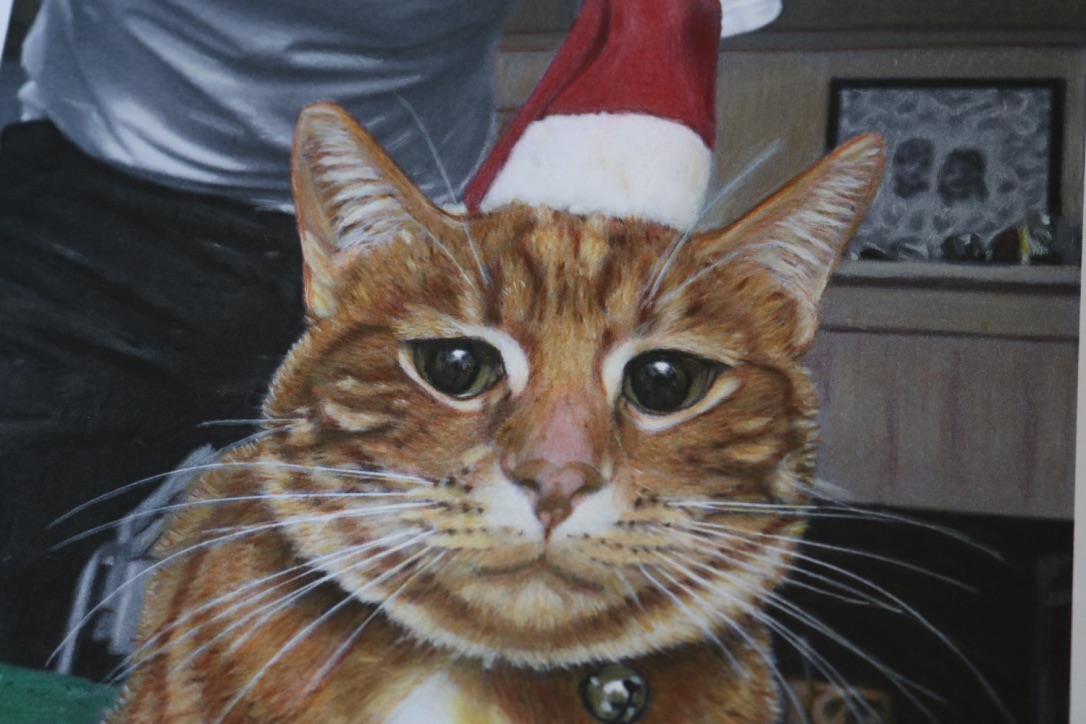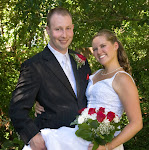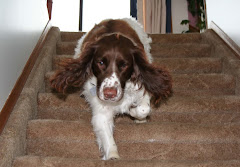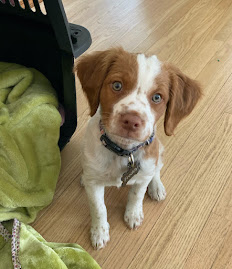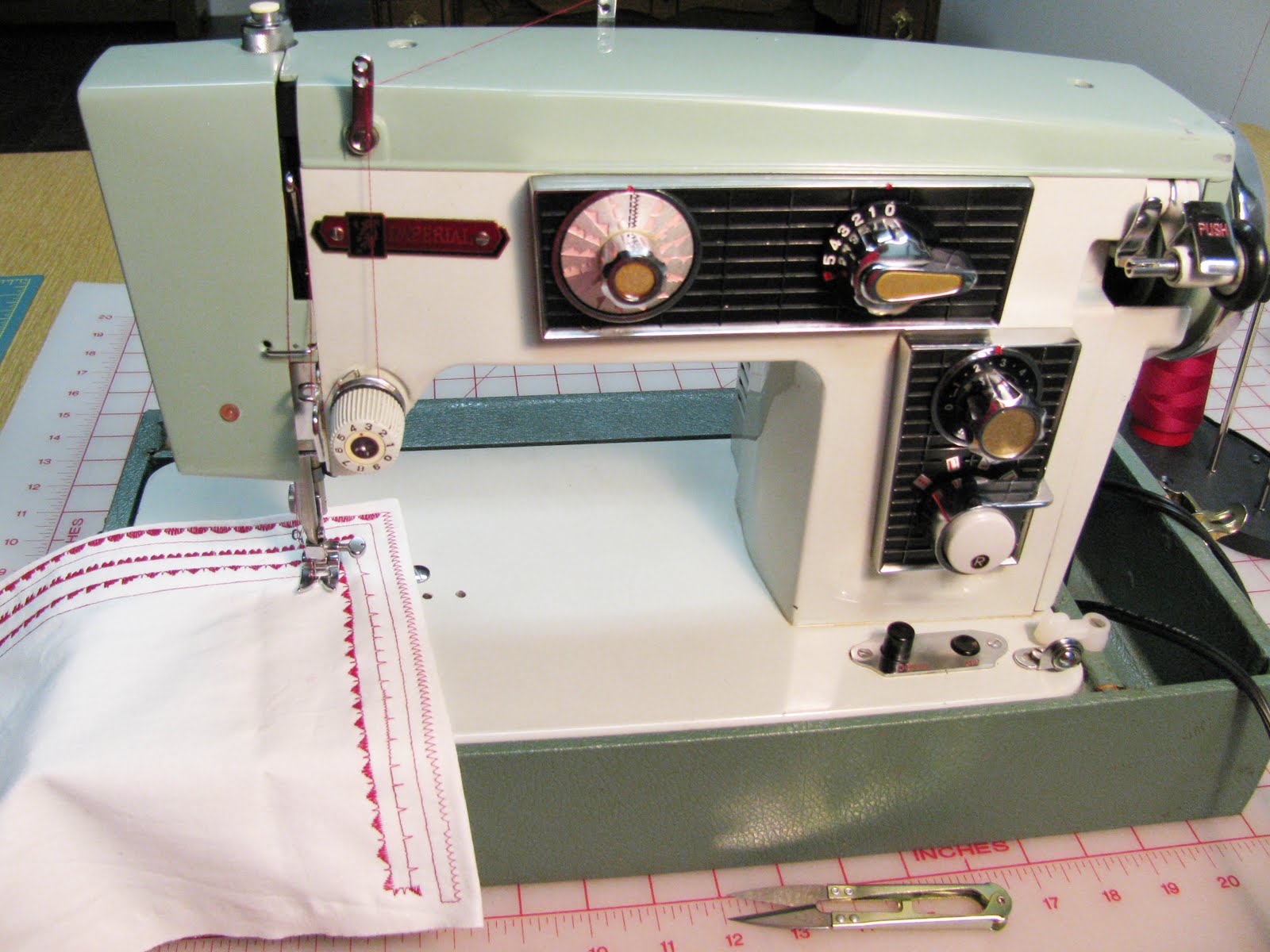I spent several hours over the past two days giving this very well loved Singer a much needed cleaning and oiling. Before:
The ornate nickel plated pieces were covered in yellow grime.
According to the serial it was manufactured in St. Johns Newfoundland between 1945 and 1948.
The bobbin tire was cracked and very gummy.
Amazingly even with all this grime and no oil for years, this machine still sewed when I tested it before buying it.
I used orange clean in a spray, q-tips, paper towels, soft rags, a toothbrush, dish soap and water.
The nickel plated pieces were removed to soak them in warm water with dish soap.
This is after scrubbing them with the toothbrush.
All shiny and clean.
While these pieces were off I replaced the bobbin winder tire and cleaned the black machine head with a soft cloth, the toothbrush, orange clean spray, water and dish soap. The black was polished with Turtle car wax.
Look how dirty the water got.
A peak under the needle plate revealed the feed dogs needed a good cleaning.
This lint was just packed in there.
After all her insides and outsides were clean, she got oiled with Singer sewing machine oil and put back together.
The cloudy film below the nickel plate is auto turtle wax. It will be repolished to make her shiny black.
It sparkles!
Even after several years of vintage sewing machine collecting, I had a terrible time getting this machine to sew after her spa treatment. She was sewing before and now every time I threaded it up the needle broke the top thread. I changed the needle, the thread, rethreaded everything. Went to the manual and double checked inserting a new needle, threading the machine at least a half a dozen times. Still the needle thread kept breaking after only one stitch! Sheeesh.. I was stumped. So put everything away and slept on it. From my experience either the needle wasn't inserted properly or the machine wasn't threaded correctly. It appeared as though everything I was doing was correct. This morning I went back to the manual and the light bulb went on.
The wrong manual was included with the sewing machine.
The Singer 15-89 is very similar to the Singer 115 but they are not identical.
The biggest differences are the needle is inserted with the flat side to left and the needle is threaded right to left on the Singer 15-89, which is opposite of the 115.
Once I used the correct manual, it sewed beautifully and never broke the needle thread even once.
The top thread is blue and bottom is variegated brown, green and orange. Using two different colours of thread make tweaking the tension easier.
The small blue loops is the top thread coming threw about every five or six inches of sewing.
By lowering the upper tension, the little blue loops were eliminated.
A most successful project!
Happy stitching!


























































